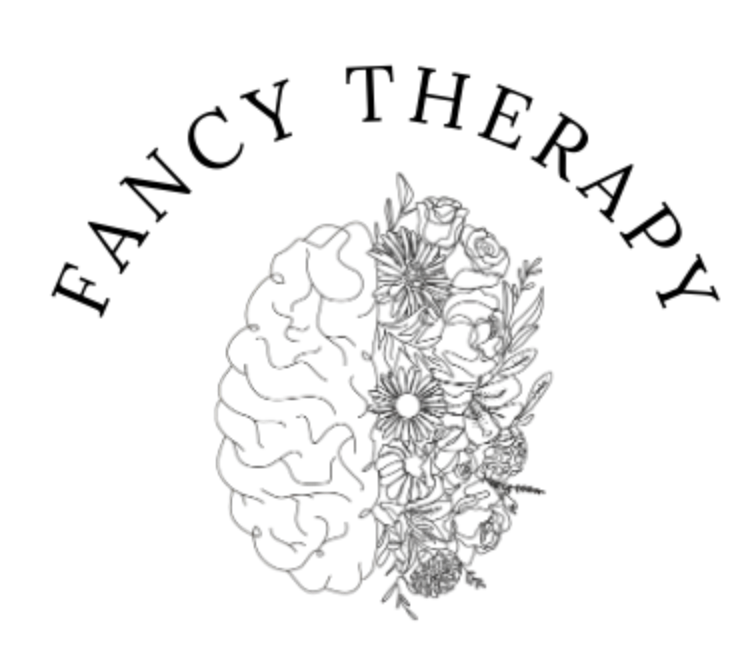The Quiet Tension Between Our Identities
Have you ever felt lost in your identity? Changed parts of yourself to fit in or be accepted? Have you ever asked yourself, “Who am I?”
Who am I? This question embodies the concept of identity. Identity is one of the more intimate aspects of being human as it shapes the way we move through the world, the choices we make, the relationships we build, and the way we experience ourselves when no one else is around. Yet identity is not a singular, fixed concept. Many of us carry multiple versions of who we are; we adapt ourselves to fit the situations we are in and the people we are around. This is often motivated by the desire to be accepted, something we learn from a young age.
At the very least, there are two versions of who we are: our internal identity, the private, felt sense of self, and our external identity, the version that we present to others. When these two selves align, we tend to feel grounded and confident, but when they drift apart, the disconnect can create internal tension that shows up in our mental and emotional well-being.
Our Internal Identity: The Authentic Self
The internal identity is the part of us that feels most authentic. It is who we see ourselves to be when we are alone, when there are no expectations, no roles to play, no pressure to meet anyone else’s standard. Our identity is shaped by our personal values, beliefs, dreams, cultural roots, spiritual understandings, and the emotional truths we carry. It is who we feel we are at our core.
We want to protect this internal self as it can feel fragile, especially if we have learned over time that parts of who we are may not be understood, accepted, or welcomed by others. We keep parts of ourselves safely hidden away to protect ourselves from the pain of potentially not being accepted.
Our External Identity: The Adapted Self
Our external identity is shaped by the environments we move through and the roles we fill, such as friend, daughter, son, colleague, partner, and student. It is the way we present ourselves in different situations, often influenced by social norms, expectations, and the desire to belong or be seen positively by others. The desire to be accepted.
Although we often adapt our identity, it does not mean that the external identity is false; it is actually healthy and flexible. It is natural to adjust our behaviours since we often speak differently with our boss than with our closest friends, we navigate family gatherings differently than social outings, and we hide vulnerable parts of ourselves in public settings when it does not feel safe to express them.
The Disconnect
A disconnect emerges when the self that we show the world stops representing the self that we experience within. Maybe we smile and act agreeable even when we are overwhelmed. Maybe we push ourselves to appear confident while internally doubting our worth. Maybe we present as easygoing, even though our internal identity values meaningful boundaries and structure. While these moments of misalignment may seem small at first, over time, the gap widens, and what was once an occasional adjustment becomes an ongoing performance.
But why do we do this? When it comes down to it, all humans share something. We want to be accepted; we want to feel we belong. This motivates us to be who we think we should be in order to be accepted by others.
So, what happens the more we live in the external identity and drift from the internal one?
Impact on Mental Health
When internal and external identities don’t match, the mind notices, even if we don’t consciously recognize it. This internal battle of identities can manifest as:
- Anxiety – Feeling constantly “on guard,” afraid of being judged, exposed, or misunderstood.
- Stress – The emotional exhaustion of maintaining a facade that does not reflect how we truly feel.
- Low self-worth – Believing the “real” self is inadequate or unlikable.
- Shame – Feeling dishonest for not being authentic.
- Identity confusion – Struggling to know who you really are because so much energy goes into being who you think you should be.
The larger the discrepancy between internal and external identities, the more psychological strain we experience.
How Do We Bridge the Gap?
Closing the gap does not have to mean abandoning all adaptation or choosing one identity over the other. It is about creating harmony between them.
1. Values Exploration – Spend time identifying your core values. Ask questions like: What truly matters to me? What values and beliefs do I want to guide my decisions?
2. Identity Mapping – Create a map of your roles, traits, beliefs, and cultural influences. Notice where the internal and external versions overlap and where they diverge.
3. Mindfulness and Self-Check-Ins – Mindfulness helps you notice the moments when you slip into performance and do it without judgement. Regularly pause and ask: Is what I’m about to say or do consistent with who I really am?
4. Boundary Setting – Boundaries can help to protect the internal identity and reduce the pressure to over-adapt to expectations. Practice saying no, communicating limits, and letting others know what you need.
5. Self-compassion – Recognize that identity disconnect arises from past experiences where authenticity was not safe. Offer yourself patience, grace, and kindness as you relearn how to be yourself in the world.
6. Therapy – A therapeutic relationship can offer a safe environment to explore identity without judgment. Therapy helps individuals understand the origins of their external identity, heal fears of rejection, and develop tools for authentic expression.
The journey toward authentic identity is a journey toward emotional freedom. Learning to live a life where the inner self and outer self can finally breathe the same air.




